Terminal de Autobuses Expresos de Seúl (서울고속버스터미널 (경부/영동))
8.8Km 2021-05-20
Sinbanpo-ro 194, Seocho-gu, Seúl.
Situada en el barrio de Banpo-dong de Seúl, la Terminal de Autobuses Expresos de Seúl abrió sus puertas en octubre de 1981 y está conectada con las líneas 3, 7 9 del metro de Seúl. La mayoría de sus rutas son servicios expresos a las principales ciudades del país. El edificio se encuentra al este del centro comercial Shinsegae Central City.
Kimchigol Well-being Bapsang(김치골웰빙밥상)
8.8Km 2020-10-30
22-5, Insadong-gil, Jongro-gu, Seoul
+82-2-720-6436
A restaurant where you can try kimchi, a Korean traditional dish, and meat. The representative menu is napa wraps with pork. This is a Korean cuisine located in Insa-dong, Seoul.
Gaeseong Mandu Koong (개성만두 궁)
8.8Km 2021-03-24
11-3, Insadong 10-gil, Jongno-gu, Seoul
+82-2-733-9240
Gaeseong Mandu Koong has served Gaeseong-style mandu (dumplings) for more than 30 years. The elderly proprietor, who fled south during the Korean War runs this restaurant with the help of her granddaughters. Characterized by its delicate taste, Gaeseong mandu stuffing consists of pork and various vegetables such as Chinese cabbage and pumpkin. This restaurant's mandu is so popular that it sometimes gets sold out even before evening. Typical menu includes mandu-jeongol (hot pot) and mandu-guk (soup). The hot pot is made of various ingredients including mandu, rice cakes, mushrooms, and meat, and serves two to three persons. For several persons, it's recommended to eat bossam (boiled meat slices wrapped in lettuce leaves or kimchi) and Korean-style pancakes.
Hannam Bugeotguk (한남북엇국)
8.8Km 2021-03-24
65-7, Dokseodang-ro, Yongsan-gu, Seoul
+82-2-2297-1988
It's a popular bar with pancake as its specialty. This restaurant's signature menu is dried pollack soup. This Korean dishes restaurant is located in Yongsan-gu, Seoul.
Jongro Seolleongtang (종로설렁탕)
8.8Km 2021-03-19
110, Jong-ro, Jongno-gu, Seoul
+82-2-2271-3820
A restaurant selling Korean-style healthy broth-based dishes. The best menu at this restaurant is ox bone soup. This is a Korean cuisine located in Jongno, Seoul.
Bukchon-ri Dullegol (북촌리둘레골)
8.8Km 2021-03-19
44 Insadong 14-gil Jongno-gu Seoul
+82-2-747-9700
A restaurant with Korean traditional house-themed interior design. The representative menu is Korean table d''hote. This is a Korean cuisine located in Insa-dong, Seoul.
Cafe Orange (까페오렌지)
8.8Km 2021-03-19
96, Supyo-ro, Jongno-gu, Seoul
+82-2-2279-1220
A restaurant located near Tapgol Park. The best menu at this restaurant is coffee. This is a cafe located in Jongno, Seoul.
Okjeong (옥정)
8.8Km 2021-03-19
18, Insadong, 12-gil, Jongro-gu, Seoul
+82-2-733-5412
A traditional Korean restaurant serving hanjeongsik (Korean table d'hôte) for 30 years now. The representative menu is Korean table d''hote. This is a Korean cuisine located in Insa-dong, Seoul.
Sadongmyeonok (사동면옥)
8.8Km 2021-12-17
9, Insadong, 8-gil, Jongno-gu, Seoul
+82-2-735-7393
A store with over 35 years’ experience that sells Hwanghaedo-style dumplings. The best menu at this restaurant is dumpling hot pot. This Korean dishes restaurant is located in Jongno-gu, Seoul.
Jardín Botánico de Seúl (서울식물원)
8.8Km 2025-04-02
Magokdong-ro 161, Gangseo-gu, Seúl
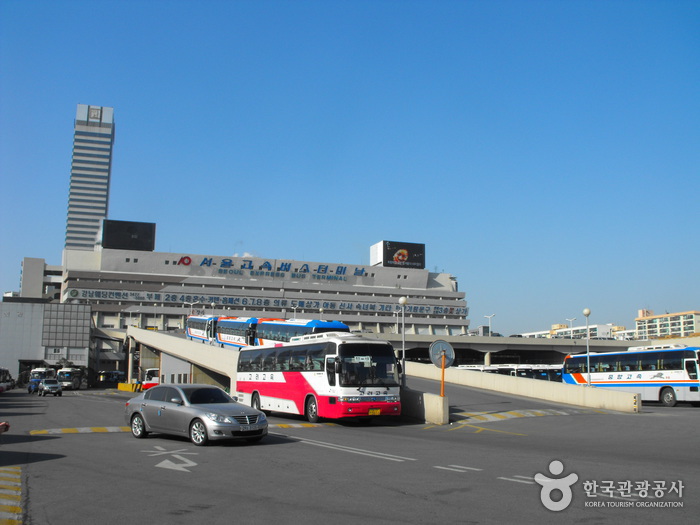
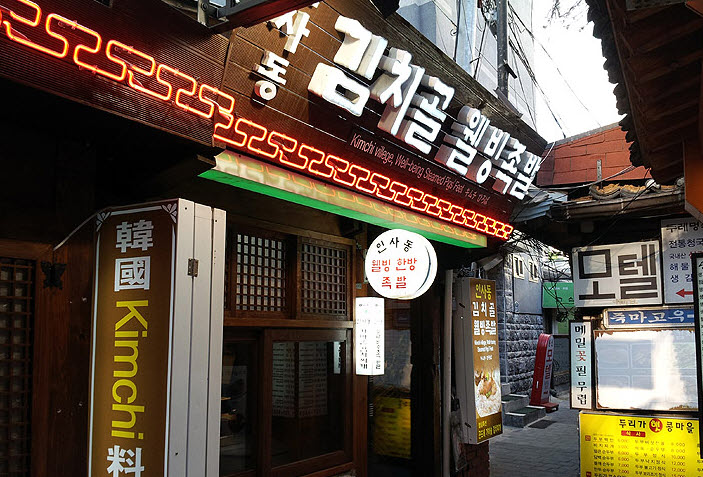
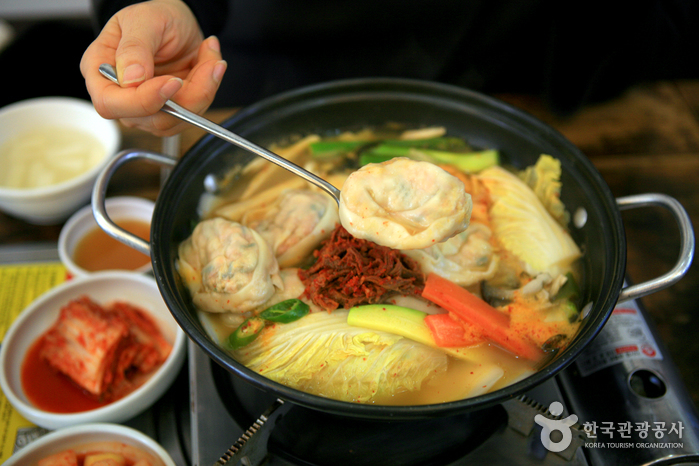
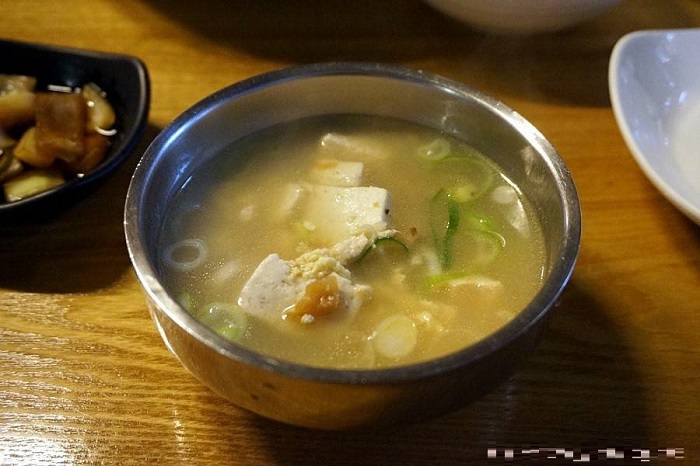
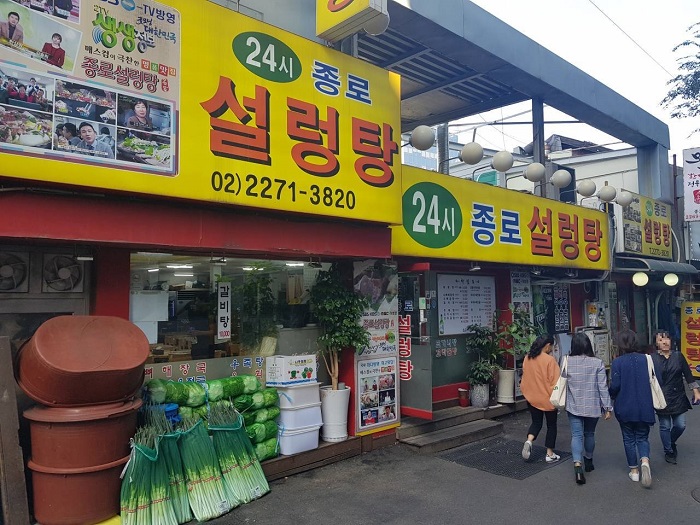
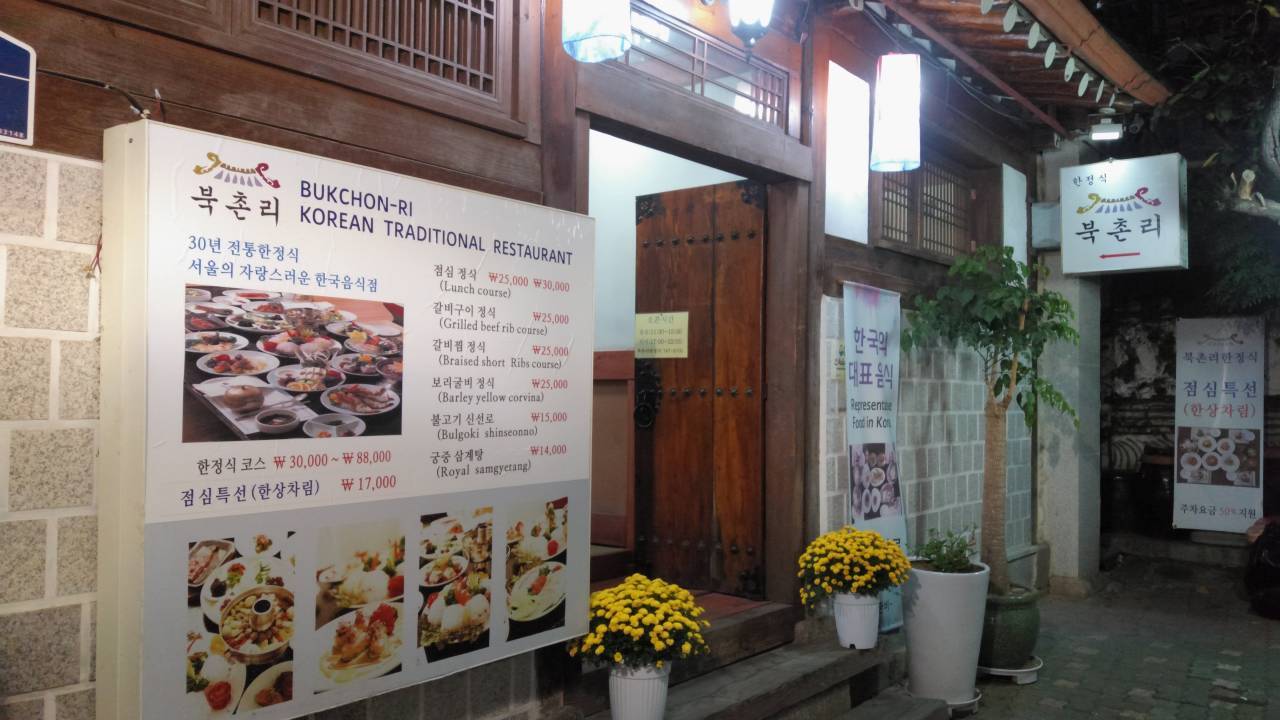
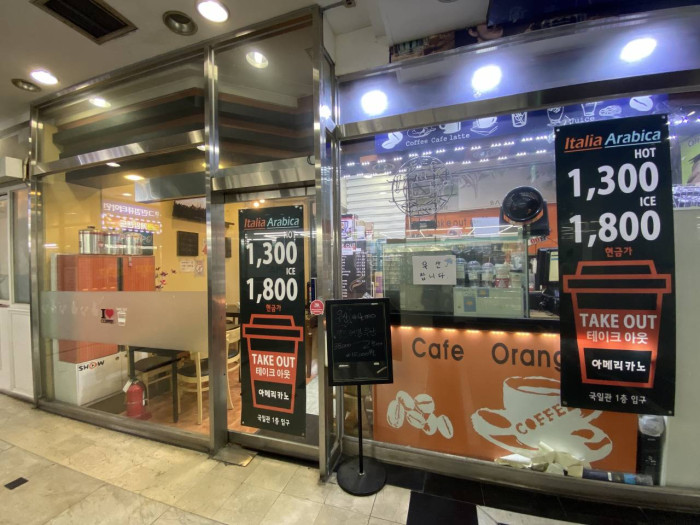
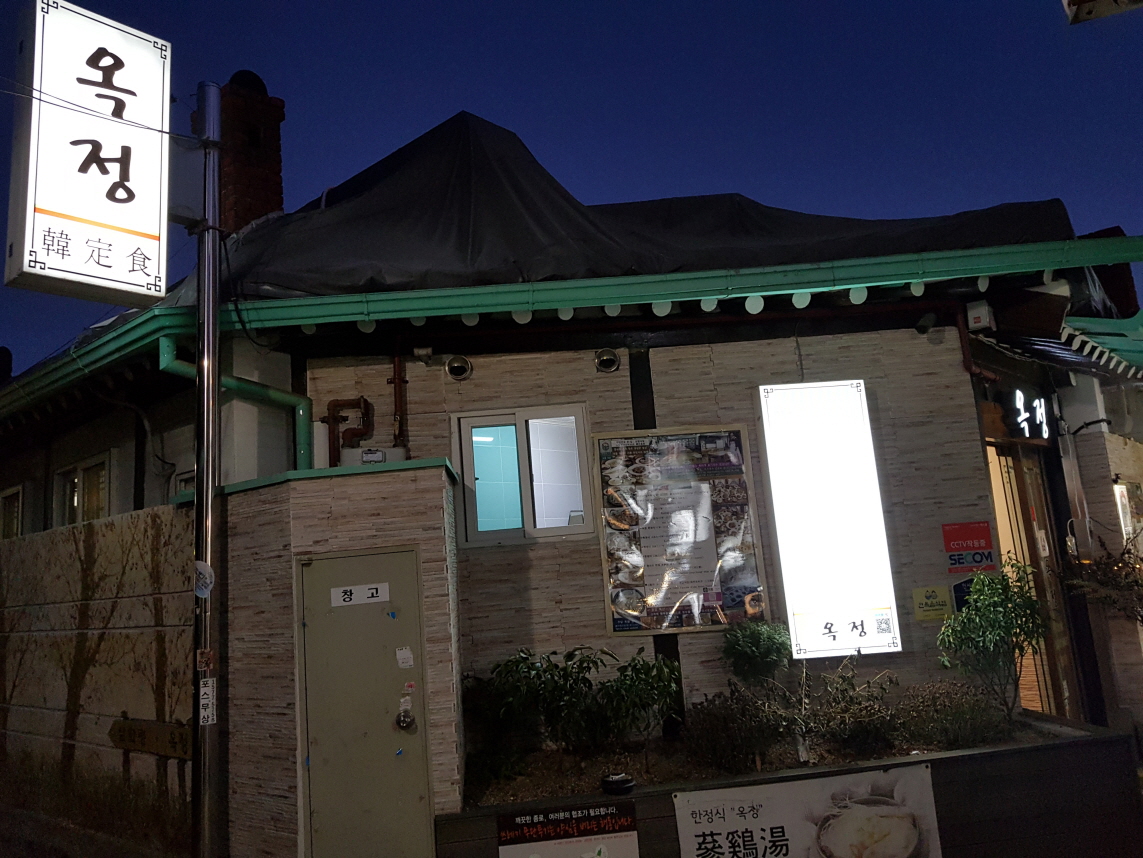

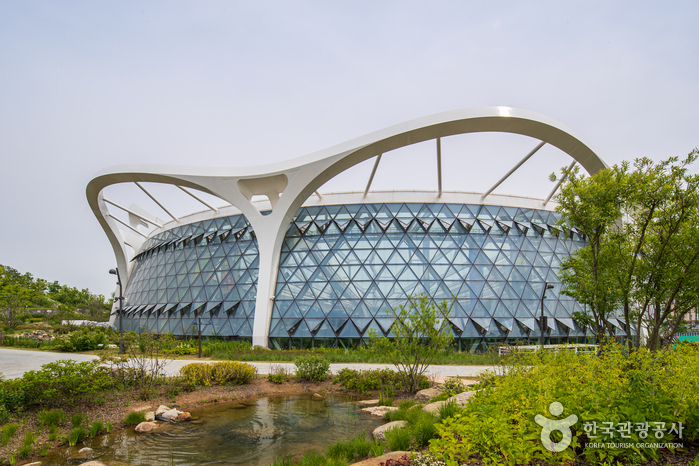
 Español
Español
 한국어
한국어 English
English 日本語
日本語 中文(简体)
中文(简体) Deutsch
Deutsch Français
Français Русский
Русский